Donate
| SECTION I | ---------------------------------- | GENERAL |
72. General
a. The use of nuclear weapons does not change your mission-it is always to defeat the enemy. Nuclear weapons should be respected, but not feared. You must be well-trained and well disciplined in order to protect yourself and your equipment and to continue your job.
b. There are rules to follow to enable you to continue to be effective. Remember, however, these rules do not replace clear thinking and the use of common sense.
73. Nature of Nuclear Explosions
a. The explosion of a nuclear weapon, like the explosion of ordinary bombs and shells, causes damage by heat and blast. In addition, there is a third danger-radiation.
b. While a nuclear weapon has more destructive power than has ever before been found in a single pa.ckage, it is just another way of causing an explosion and has definite limitations. Not even the largest nuclear weapons can blow the earth apart. The heat and blast effects of nuclear weapons are similar to those of ordinary bombs and shells, but are greatly magnified. Radiation, therefore, is the only way in which nuclear explosions differ from ordinary explosions. The amount and type of radiation is determined by the size of the weapon and type of burst.
74. Effects of Nuclear Explosions
a. Blast effects are caused by violent changes in pressure at the point of explosion. A pressure or blast wave moves out from the center of the explosion. It is like a very strong and very sudden wind.
b. Thermal radiation (heat and light) effects are due to the very high temperatures of the fireball. It is hotter than the surface of the sun but does not last long-only several seconds.
c. Nuclear radiation effects are caused by two types of radiation.
(1) Initial radiation is the nuclear radiation emitted directly from the fireball during the first minute after a nuclear explosion. It travels at about the speed of light, essentially along straight lines, and has a very high penetrating power.
(2) Residua,l (lingering) radiation is the nuclear radiation remaining after the first minute. It comes from the radioactive materials originally in a nuclear weapon or from normally nonradioactive materials (such as soil or equipment) which have been made radioactive by the nuclear explosion.
(a) When a nuclear weapon is detonated, radiation from the fireball may cause some substances in the soil and some items of equipment to become and remain radioactive. This type of residual (lingering) radiation 1s called induced radiation.
(b) When a nuclear explosion occurs under, at, or near the surface, large quantities of earth are thrown up, mixing with the fireball. The mass thrown up contains radioactive particles of the weapon and particles of soil made radioactive by induced radiation. These particles gradually fall to the earth. This is fallout.
75. Types of Burst
a. An air burst is an explosion in which the fireball does not touch the ground. Blast, heat, and initial radiation are produced. Induced radiation will be produced if the fireball is close to the ground (low air burst).
b. A surface burst is an explosion in which the fireball touches the ground. It produces a crater, blast, heat, and initial and induced radiation and fallout.
c. A sub surf ace burst is an explosion with its center beneath the surface. Some of the fireball may appear above the surface. A crater and fa11out are produced. Other effects (blast, heat, initial radiation) vary in degree according to the size of the weapon, depth of detonation, and whether detonated underground or underwater.
76. Types of Injuries
Injuries from nuclear explosions are caused by three effects-blast, heat, and nuclear radiation.
a. Blast injuries are caused by the strong pressure wave of the explosion. Most injuries caused directly by blast occur when personnel are lifted up and tossed around, receiving injuries upon landing. Indirect blast injuries are sustained when:
(1) Flying debris or equipment hits personnel (missile effect).
(2) Foxholes or bunkers collapse on personnel.
(3) Buildings collapse or walls are blown down on personnel.
b. Thermal radiation injuries are caused by the tremendous heat and light produced by a nuclear explosion.
(1) Heat from the explosion produces injuries varying from the equivalent of mild sunburn to death. It may set buildings, forests, and equipment on fire.
(2) Light from the explosion (brighter than the sun) may dazzle you, as does the light from a camera flashbulb. Dazzle from a daylight burst does not last more than about 2 minutes. Dazzle from a night burst lasts about 10 minutes if you are facing in the direction of the burst, and about 3 minutes if you are facing away from the burst. However, loss of night vision may be complete and re-adaptation required. Permanent eye injury may result if your eyes are focused directly on the fireball.
c. Nuclear radiation injuries are caused by penetrating rays from initial and/or residual radiation. The effect radiation may have on you depends on several factors, including:
(1) Total amount of radiation received.
(2) Previous radiation damage to your bod) which it has not repaired.
(3) Length of time during which radiation is received.
(4) Other injuries received at the same time as exposure to radiation.
(5) Amount of body surface exposed to radiation.
(6) Your general physical condition.
77. Protective Measures
There are three individual protective phases during nuclear explosions-BEFORE, DURING, AND AFTER. Your unit will have a standard operating procedure (SOP) covering such procedures as the use of protective equipment, first aid, firefighting, reorganization, marking of contaminated areas, and decontamination. Know and follow your unit SOP. In addition, remember these general procedures:
a. Before the Explosion.
If you have warning of a nuclear explosion, available time, and the tactical situation permits, do the following:
(1) Improve your position. Dig deeper and cover your foxhole. Even your shelter half, covering the top of your foxhole, helps protect you. A poncho should not be used because it may get too hot, melt, and cause burns. Revet your position, if possible (para 40 and 41).
(2) Dig a shallow trench (fig. 36) deep enough to have your body below the surface of the ground (if you do not have time to prepare a good position). Cover it with your shelter half.
(3) Wear your helmet and keep your face down.
b. During the Explosion.
(1) Crouch low in your foxhole with your head down (figs. 52 and 53) , or lie flat in your trench with your shelter half over you.
(2) If you are in the open, try to get into a nearby ditch or behind a wall, but do not try to get to shelter if it is more than a few meters a way (figs. 54 and 56).
(3) If no shelter is available, turn your back to the explosion and drop flat on your stomach (fig. 57).
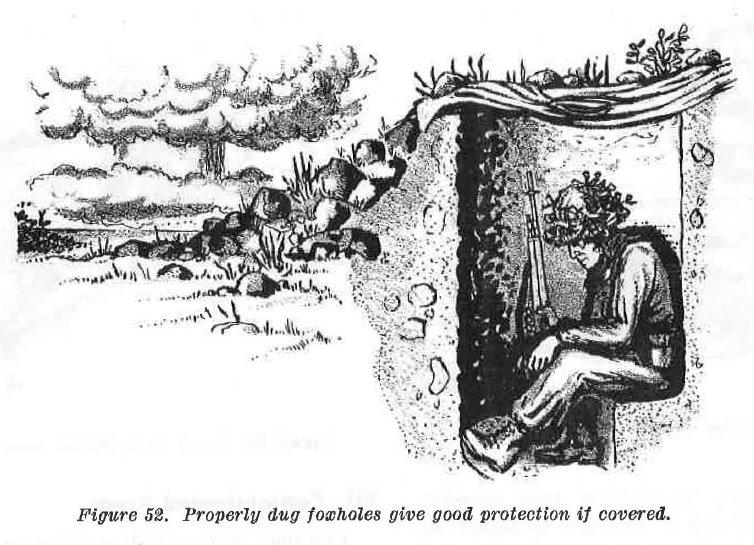
Figure 52. Properly dug foxholes offer good protection if covered.
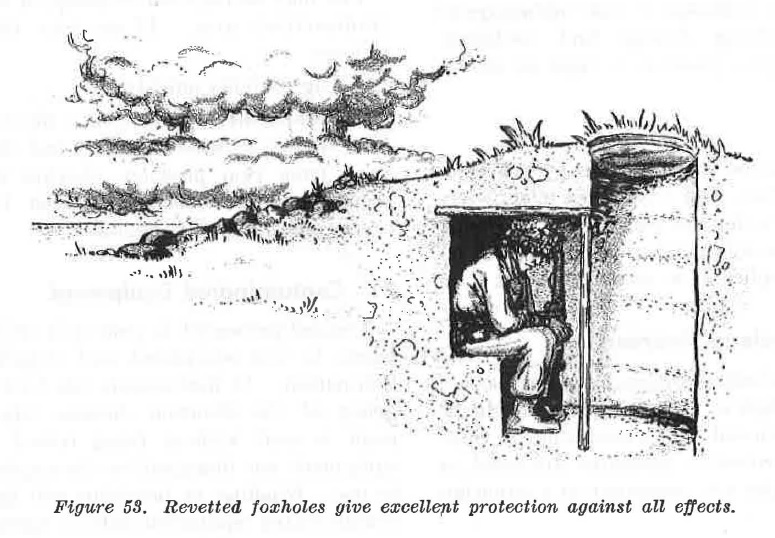
Figure 53. Revetted foxholes give excellent protection against all effects.
(4) Do not look at the explosion. The brilliant flash will cause temporary blindness and may cause permanent eye damage.
(5) Stay where you are until the blast wave passes. By this time, the greatest danger from heat, initial radiation, and flying debris will be over.
c. After the Explosion.
(1) Fallout may be a danger to you. Consistent with your mission-
(a) Keep under cover until fallout has stopped. Although the poncho cannot be used during a nuclear explosion, because it burns too easily, you can pull it over the top of your position after the explosion to protect you against fallout.
(b) Brush the dust from your clothing. Scrape up and throw out any dirt or other material which has fallen into your foxhole (para 80b).
(o) Clean your equipment as well as available material permits.
(d) Render assistance to others as much as possible.
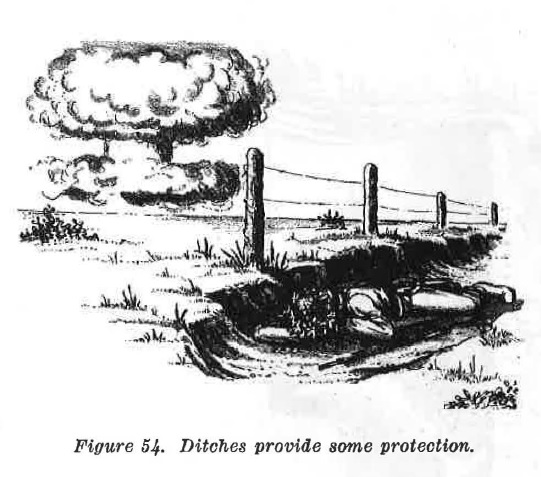
Figure 54. Ditches provide some protection.
(2) Be prepared to continue your mission. The enemy can be expected to follow up a nuclear explosion to take advantage of any resulting damage and confusion. Stay in your position to repel an attack.
78. Leadership
A nuclear explosion may cause heavy casualties among your leaders and may even completely destroy your unit's chain of command. You must be ready to assume a leadership role without hesitation and accomplish new responsibilities.
79. Friendly Nuclear Weapons
We may use nuclear weapons close to our areas. If used close enough to be a danger, you will be warned and instructed on precautions to take. The individual protective measures discussed in previous paragraphs are important in a situation of this type.
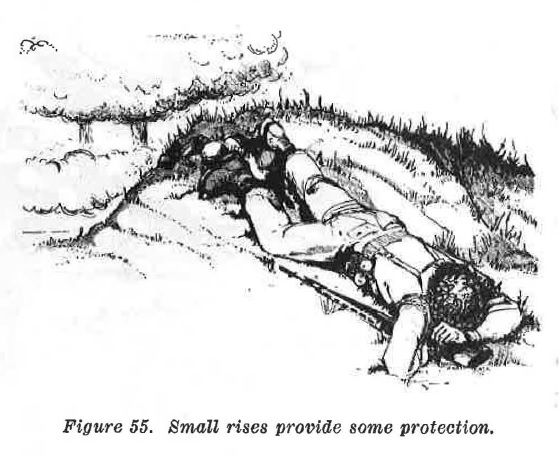
Figure 55. Small rises provide some protection.
80. Contaminated Areas
You may be required to occupy a contaminated (radioactive) area. If so, take the following actions:
a. Dig foxholes quickly.
b. Scrape dirt from around the edge of your foxhole for at least 1 meter and dump it well away from your position. Scatter fresh subsoil around your foxhole for at least 10 meters to cover contaminated particles.
81. Contaminated Equipment
Trained personnel in your unit will use instruments to test equipment and supplies for contamination. If instruments are lacking, the urgency of the situation dictates whether equipment is used without being tested. Generally, equipment not damaged by the explosion is safe to use. Washing or brushing will usually make contaminated equipment safe to operate.
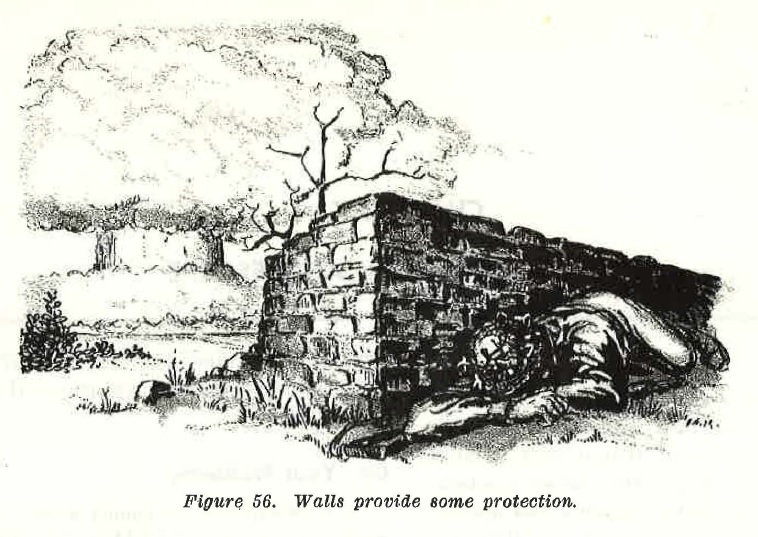
Figure 56. Walls provide some protection.
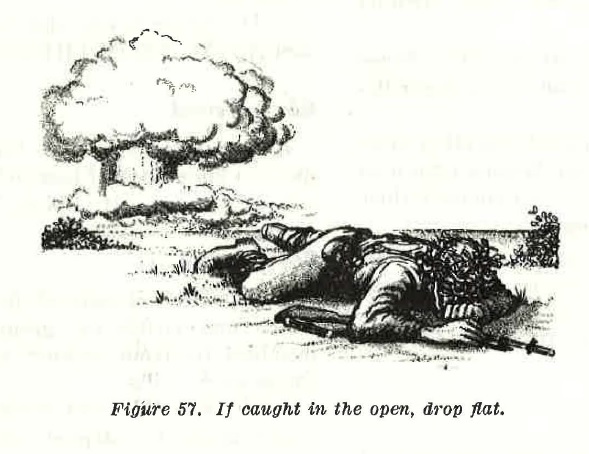
Figure 57. If caught in the open, drop flat.